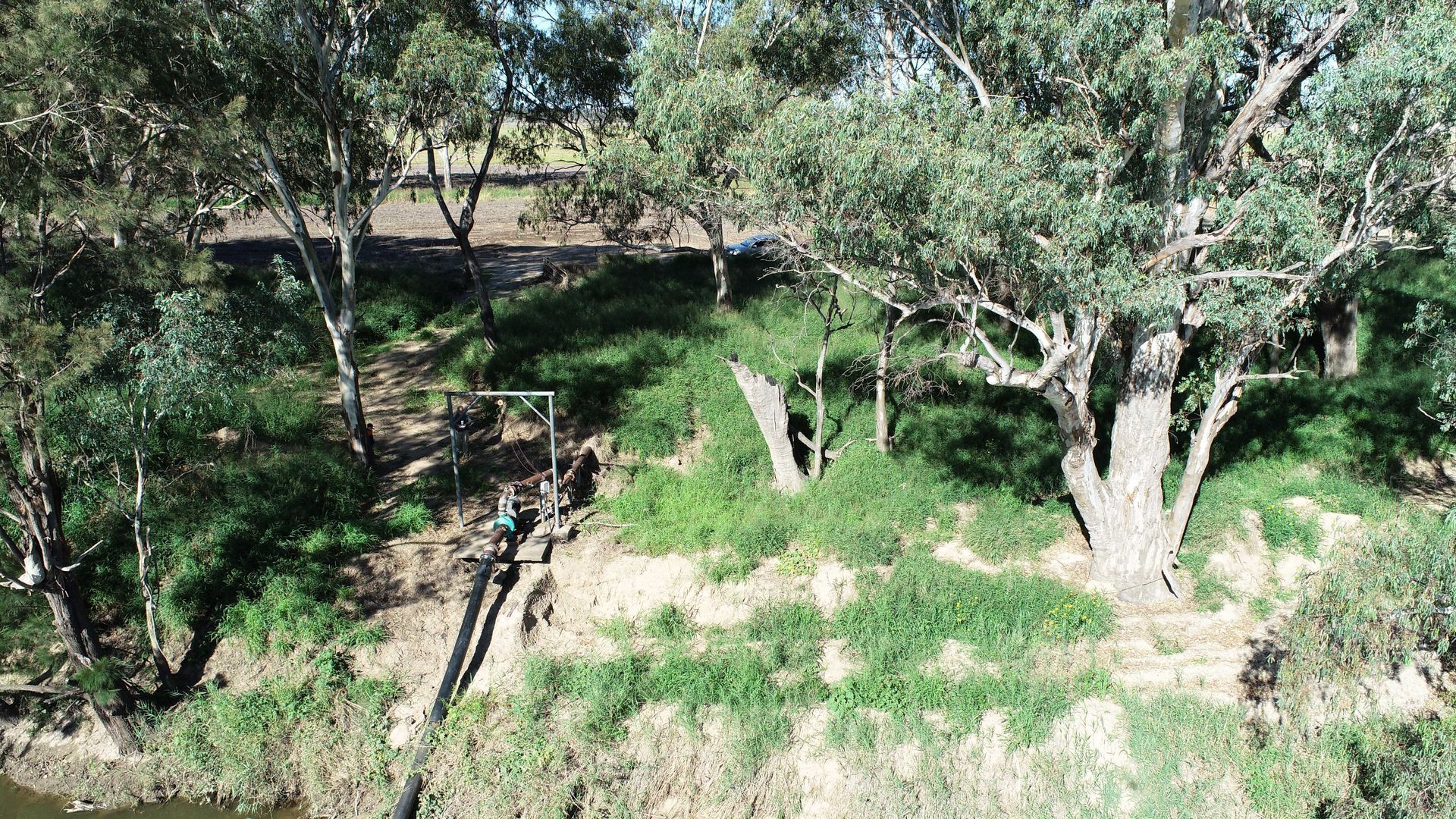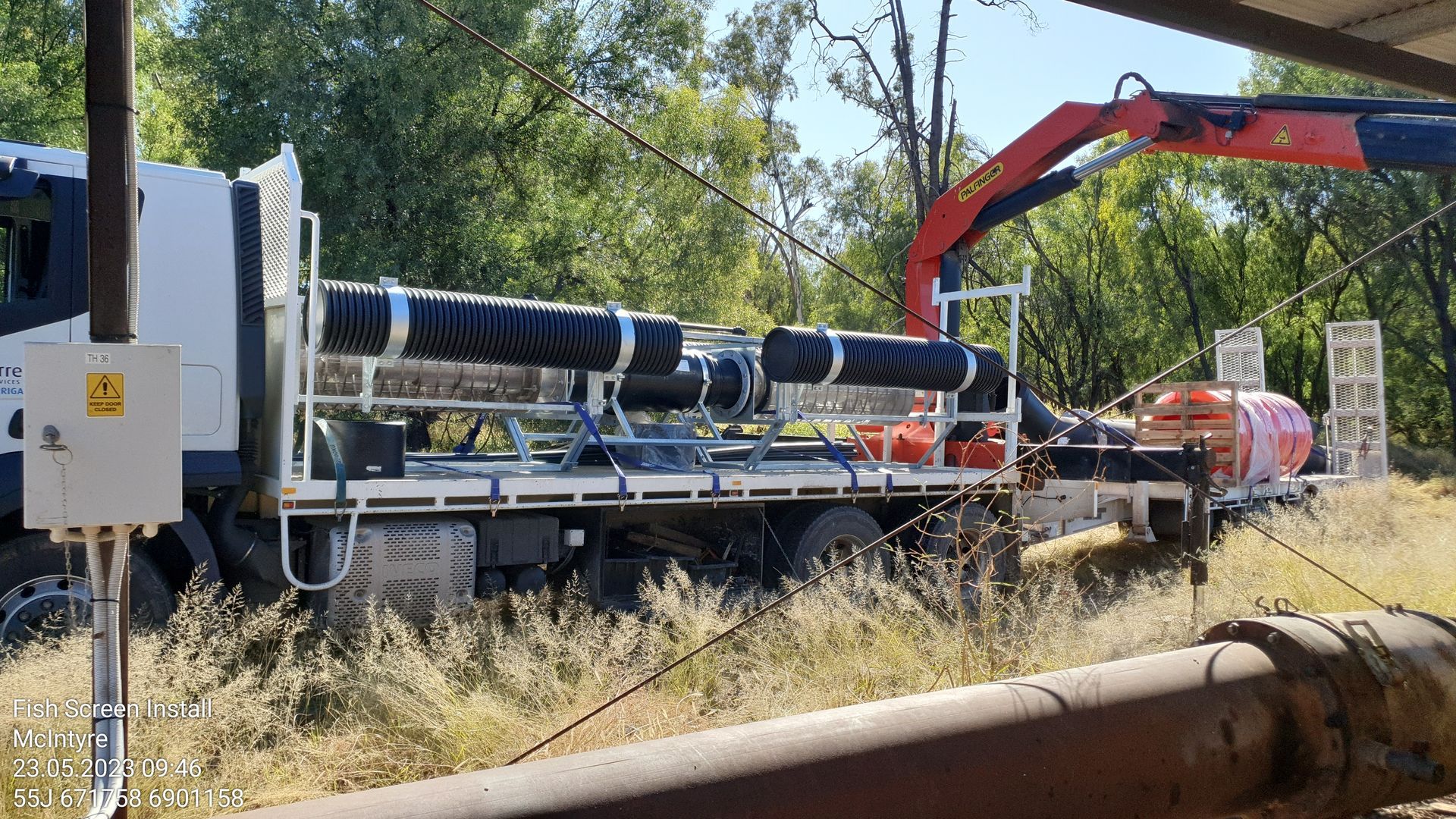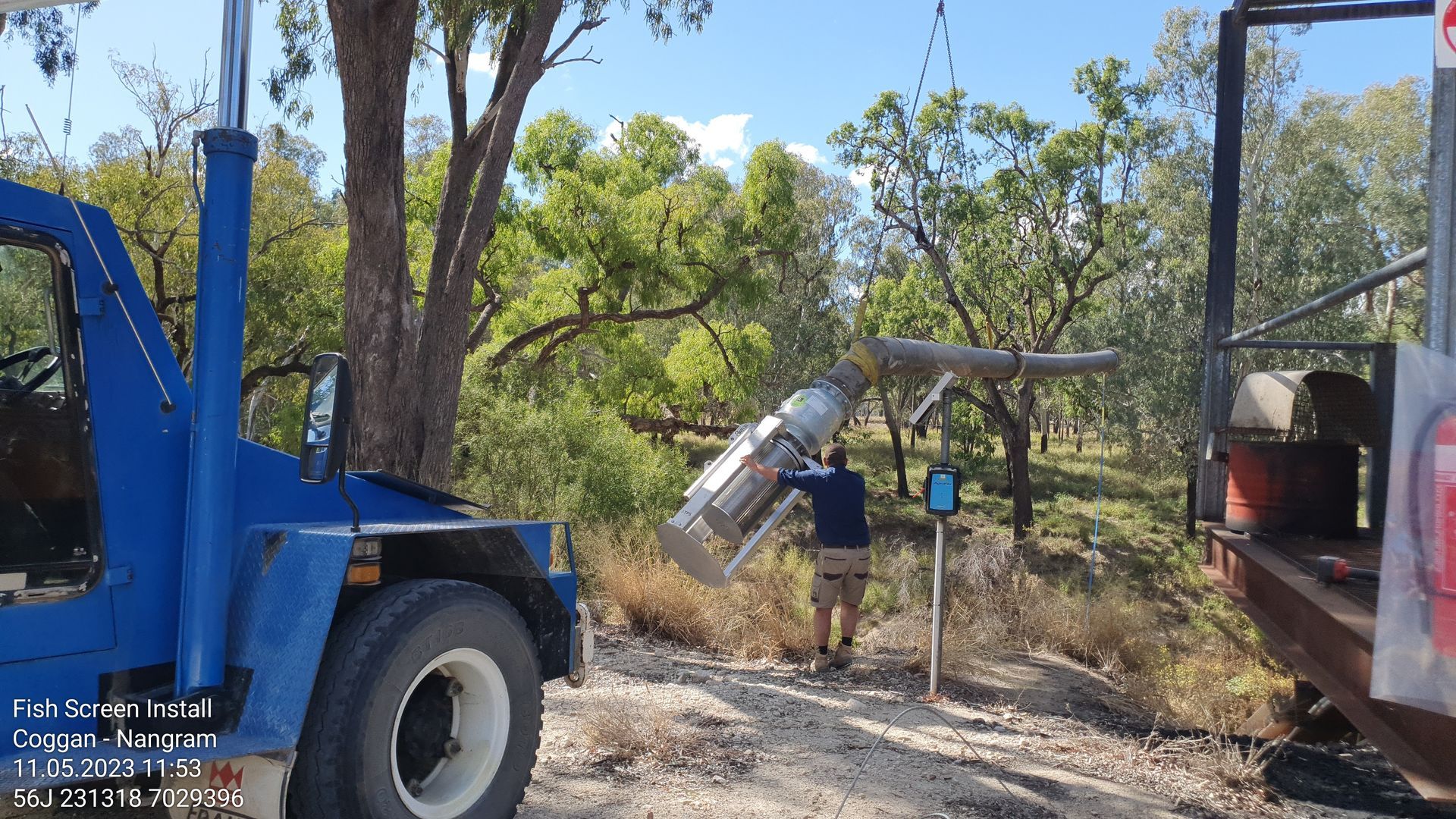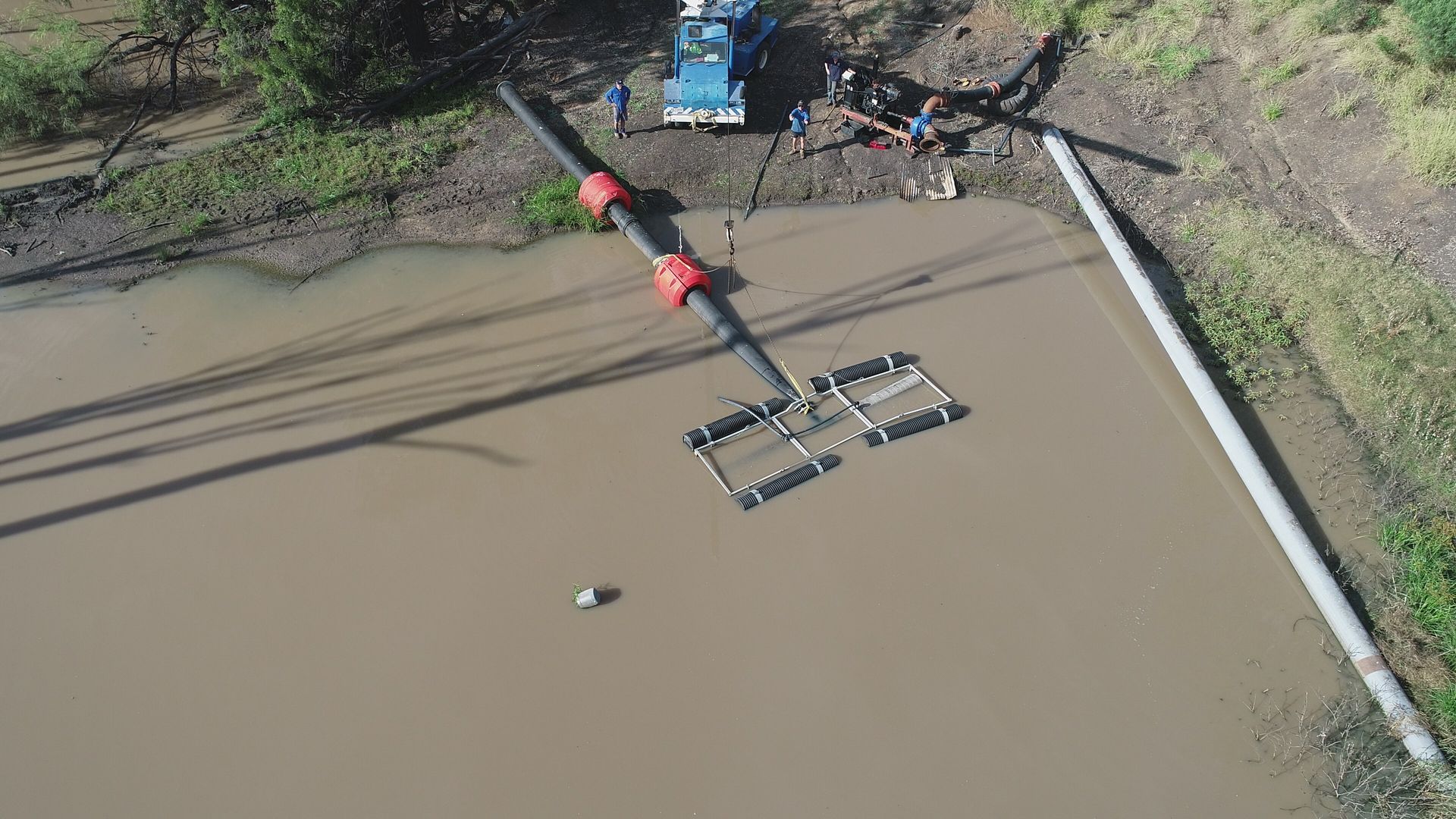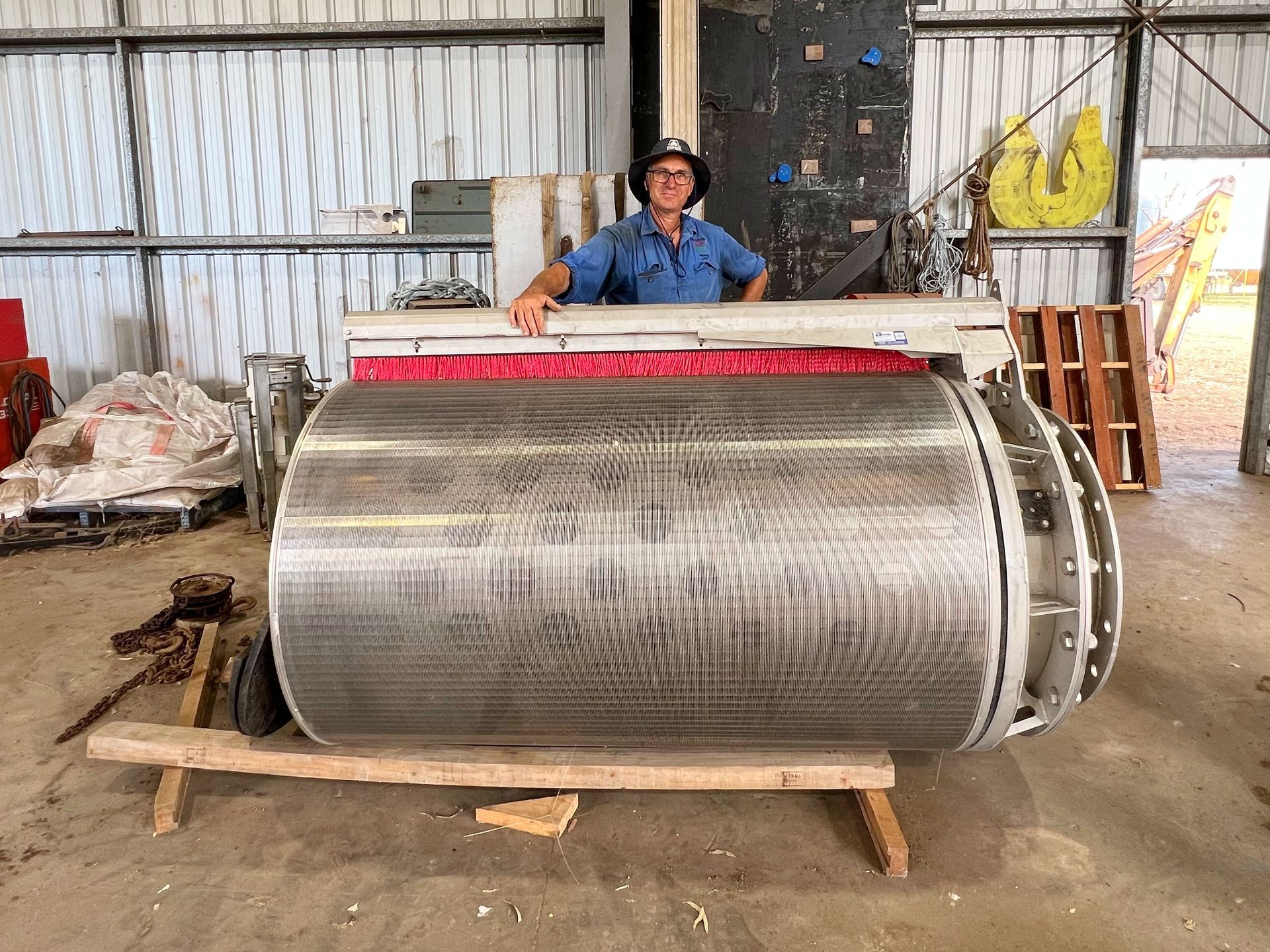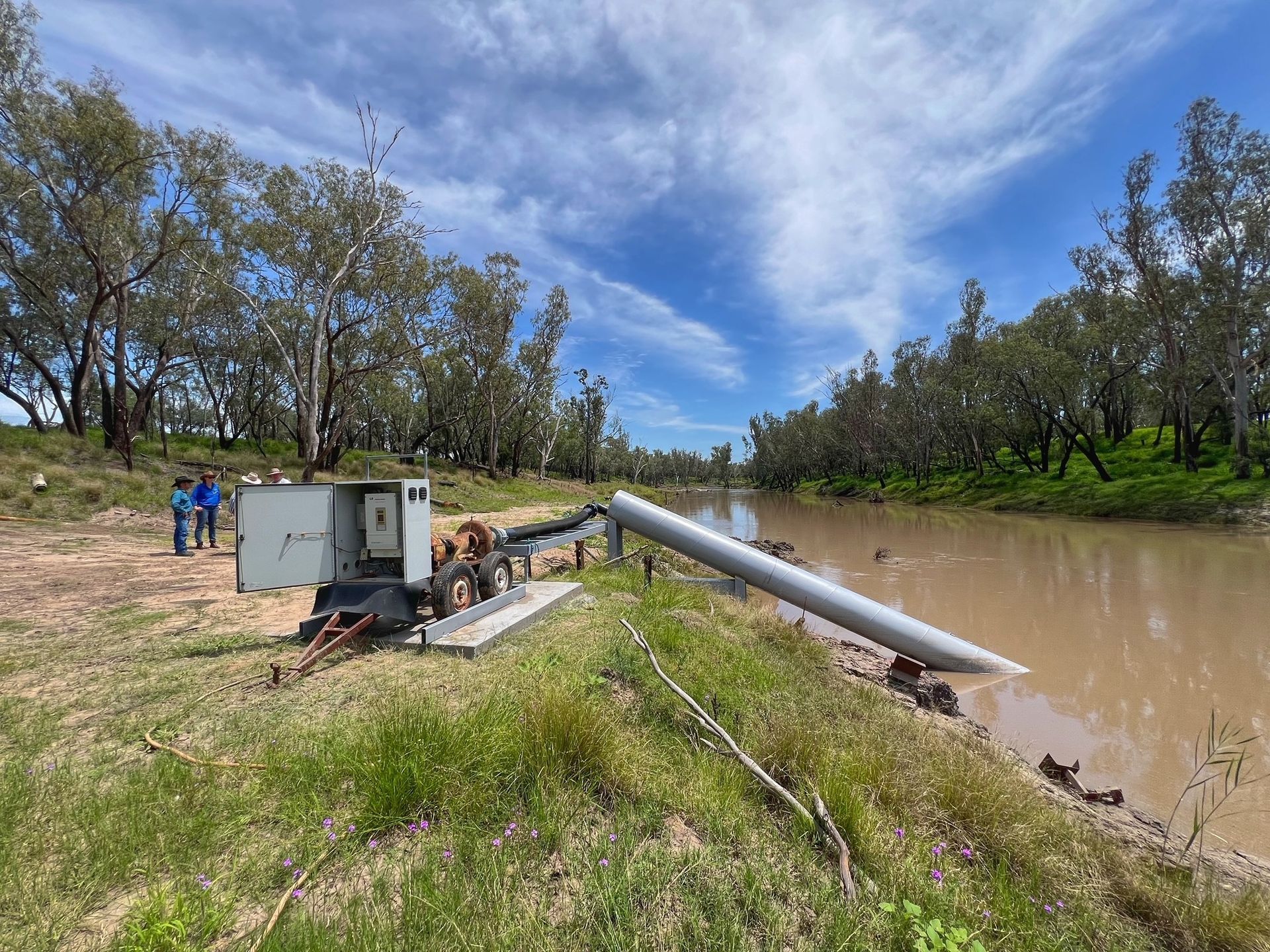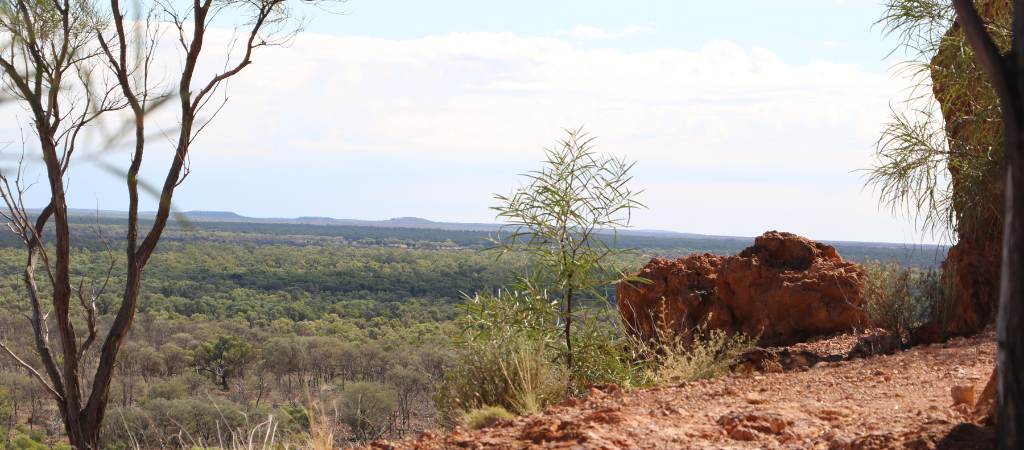The Condamine Headwaters, a critical ecosystem in Southern Queensland, has long faced threats from sedimentation, habitat degradation, and thermal regime changes. The Blackfish Project, dedicated to reversing these impacts, unites scientists, landowners, and the community in a shared mission to restore and protect this vital environment. At its core lies the river blackfish, a sensitive indicator of the overall ecosystem health.
Central to the project's success is the unwavering commitment of landowners like Paul Graham. Inspired by the project's vision, Paul reached out to SQ Landscapes seeking support for a solar pump and tank to divert his cattle away from waterways on his property. Paul's deep-rooted love for his land, captured in his humorous quip "I love my land more than I love my wife," is a testament to the powerful connection between people and place that drives conservation efforts.
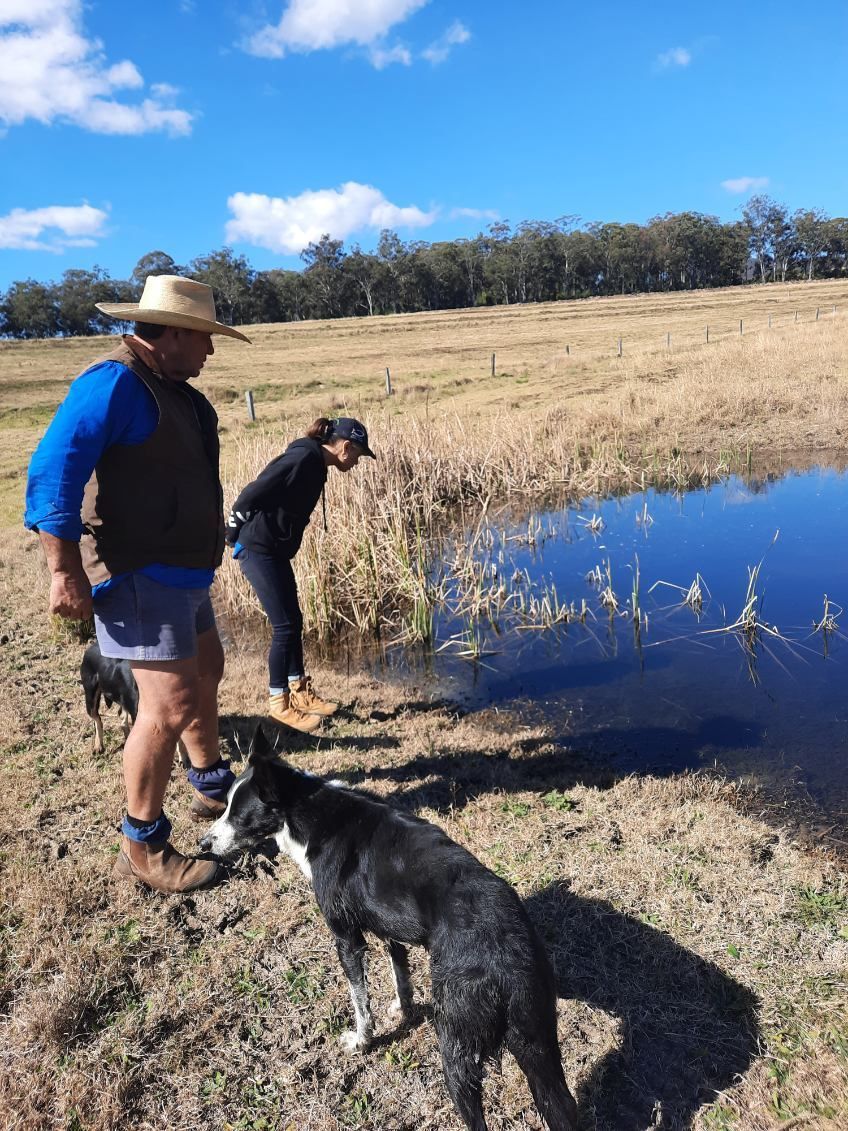
Paul Graham and Project Officer Bree Humes observing Paul's native aquatic biofiltration system with visually clear water during a site visit.
Paul's property near Killarney serves as a living example of the project's impact. With funding from the Native Fish Recovery Strategy, the installation of a solar pump has already yielded positive results. Project Officers Breanna Humes and Agaba Hannington were impressed by Paul's dedication to land management, as evidenced by his extensive property tour showcasing thriving waterways, pastures, and innovative energy solutions.
Paul's journey reflects the broader community spirit that underpins the Blackfish Project. His willingness to adopt sustainable practices, such as fencing off natural springs and piping water overflow, demonstrates the power of individual action in driving collective change. Moreover, his efforts to control invasive species like wild tobacco contribute to a healthier ecosystem for both blackfish and other native species.
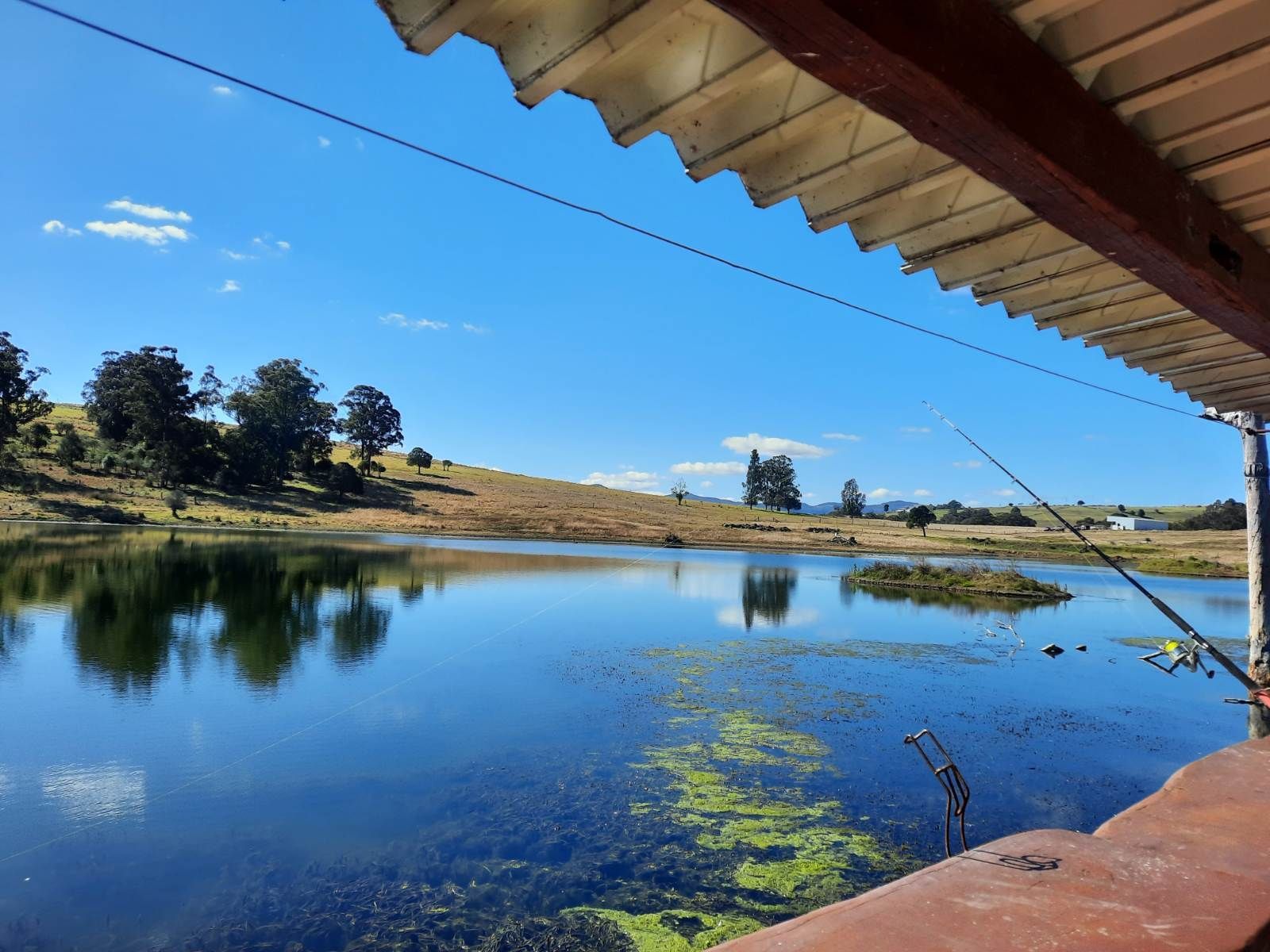
Overlooking Paul's Native Fish Sanctuary where the surrounding native aquatic biofiltration system channels into this larger dam depicted in the photograph.
The Blackfish Project extends beyond scientific research and on-ground actions. It is a catalyst for fostering strong community connections. By working closely with landowners like Paul and incorporating Traditional Ecological Knowledge from the Githabul Nation, the project has created a powerful platform for knowledge sharing and collaboration.
As we look to the future, the Blackfish Project stands as a beacon of hope for the Condamine Headwaters. It is a testament to what can be achieved when science, community, and passion converge. By prioritizing the health of the river blackfish and the broader ecosystem, we are safeguarding a vital resource for generations to come.
SQ Landscapes is honoured to have been part of this transformative journey, working alongside dedicated individuals like Paul Graham to create a lasting legacy for the Condamine Headwaters.
This project is funded by the Native Fish Recovery Strategy. The Native Fish Recovery Strategy is funded under the joint programs and coordinated by the Murray-Darling Basin Authority. The joint programs promote and coordinate effective planning, management and sharing of the water and other natural resources of the Murray-Darling Basin.
Check out more stories from the Upper Condamine!
Small Town Takes Big Steps Towards Recovery of Blackfish Populations
Githabul artist highlights plight of Blackfish through art
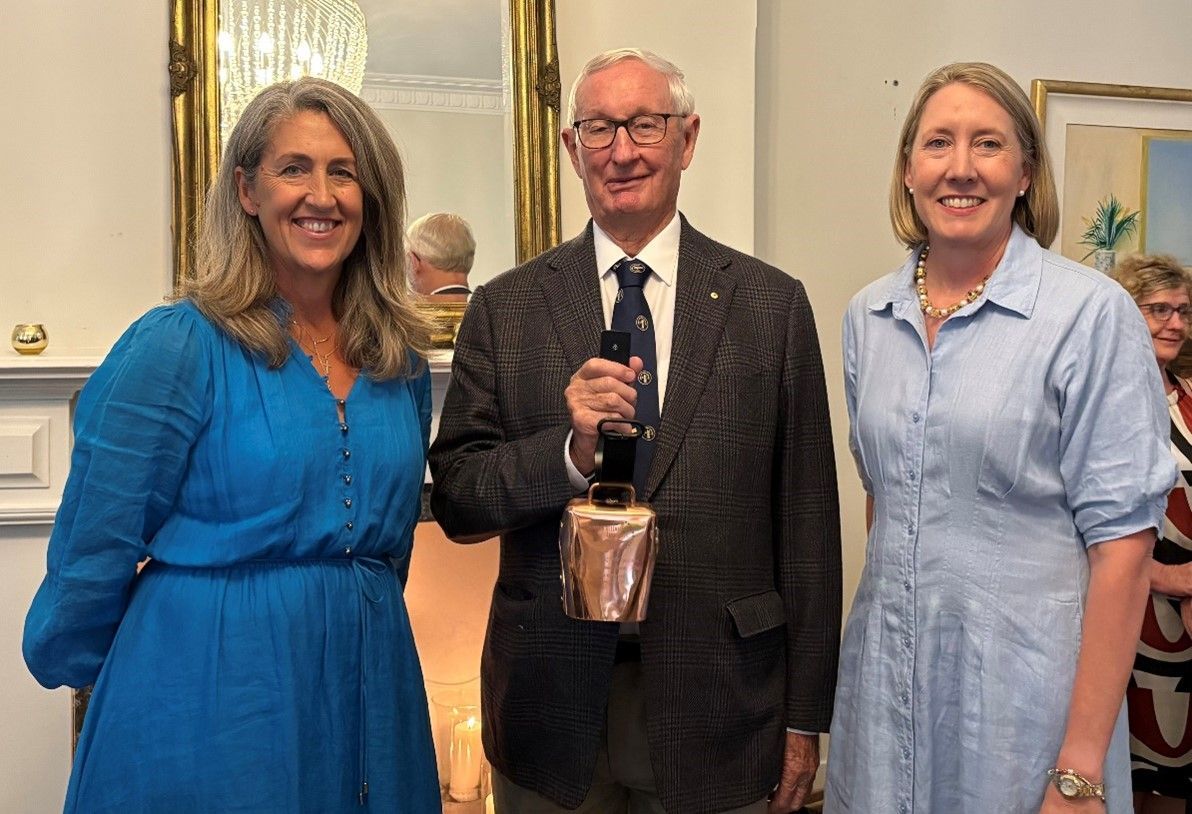
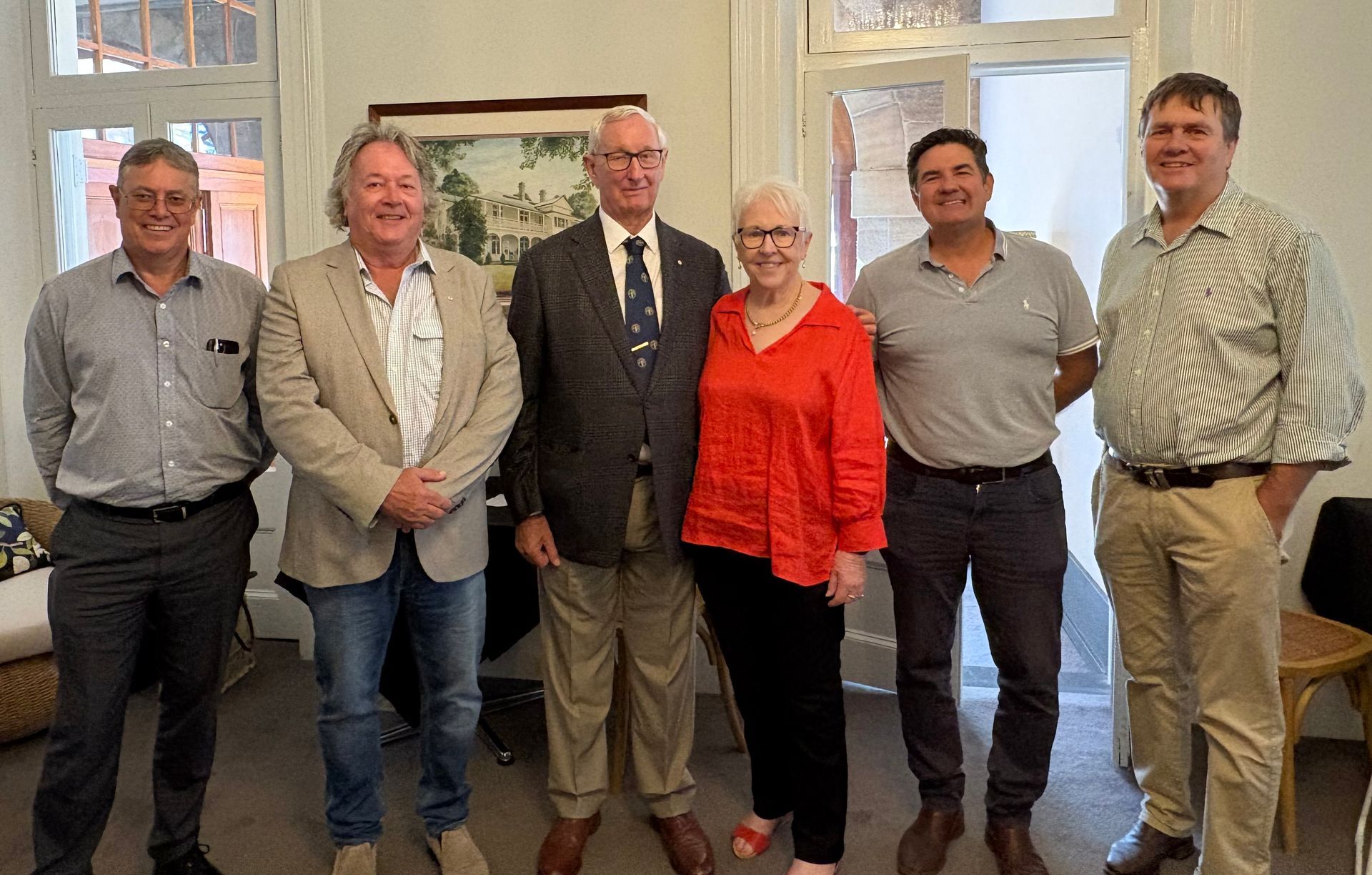
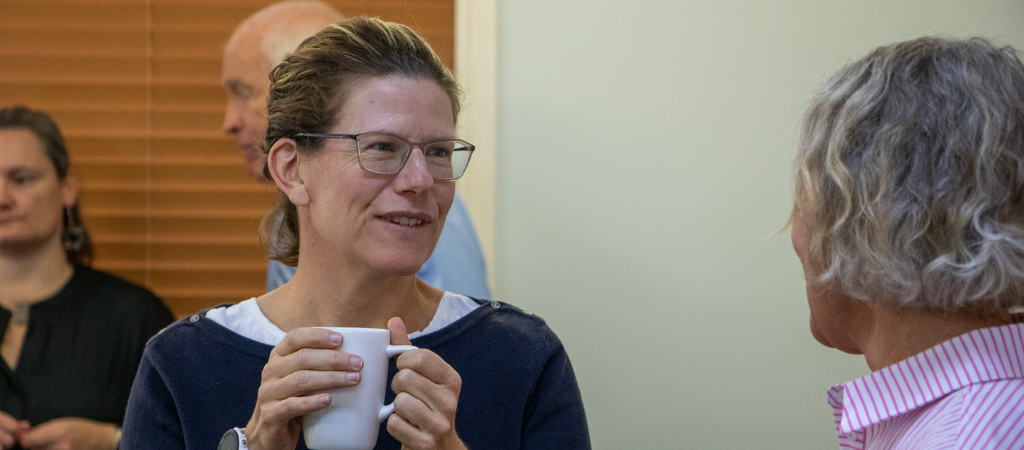
CONTACT
ADDRESS:
Toowoomba - 266 Margaret St. QLD 4350
Roma - 21 Major St. QLD 4455
Charleville - 92 Alfred Street. QLD 4470
St George - 1/11 Grey Street. QLD 4487
CONNECT
LOCATIONS
- 266 Margaret St, Toowoomba City QLD 4350, Australia 266 Margaret St, Toowoomba City QLD 4350, Australia
- 21A Major St, Roma QLD 4455, Australia 21A Major St, Roma QLD 4455, Australia
- Park St, Charleville QLD 4470, Australia 92 Alfred St, Charleville QLD 4470, Australia
- 48 Stockyard St. QLD 4490. Cunnamulla, 48 Stockyard St, 4490, QLD, Australia
- 1/11 Grey Street. QLD 4487 11 Grey St, St George QLD 4487, Australia

